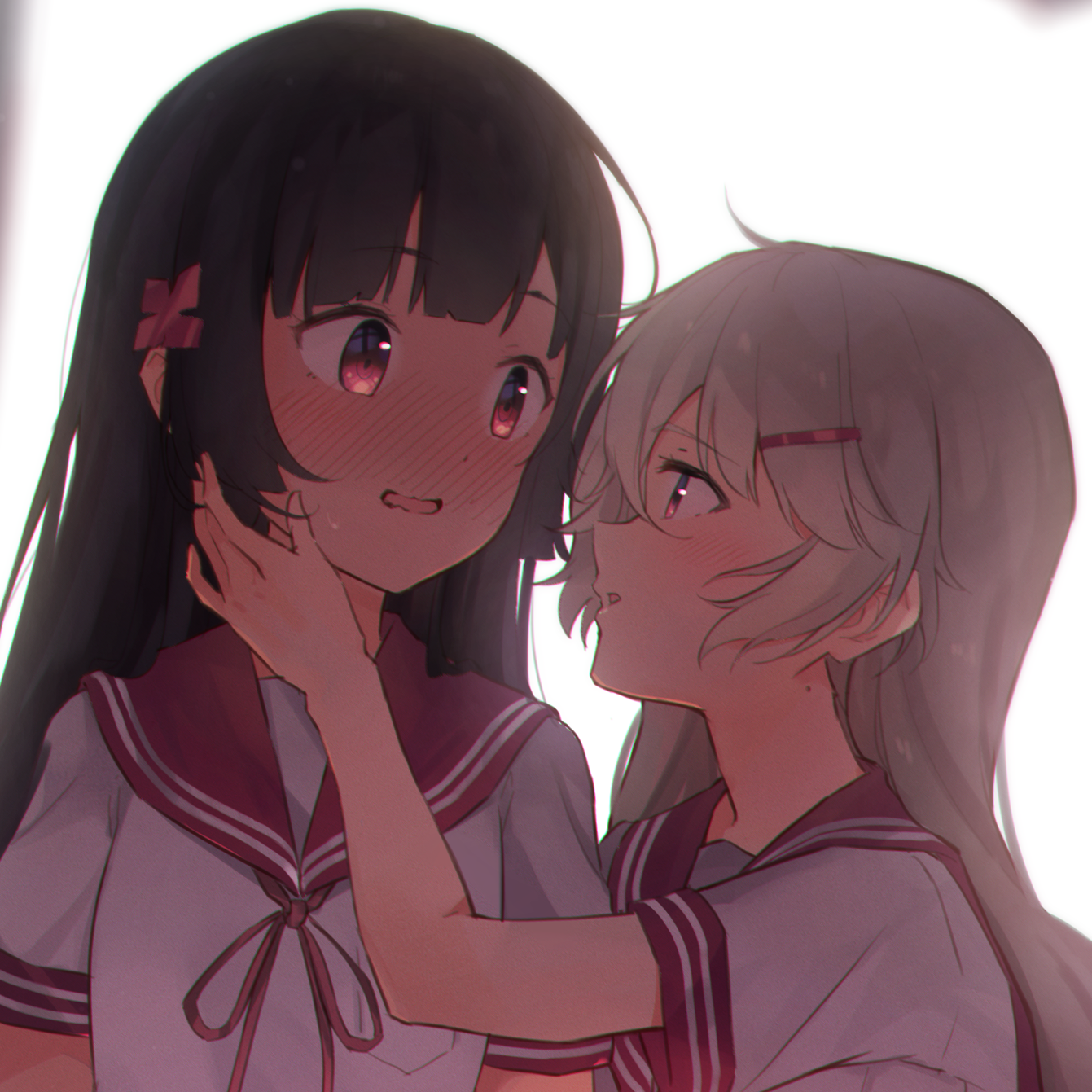

I live right on top of a grocer. It’s fucking great.
I’ll start cooking something, only to realize I’m missing something. I can literally turn off the stove, walk out the door and be back to continue before anything has cooled enough to affect the dish.









Also me, but with anime girls.